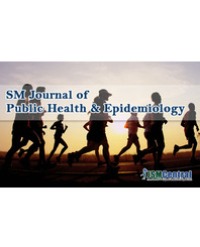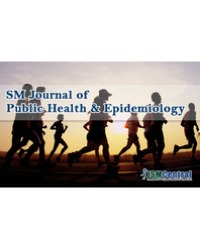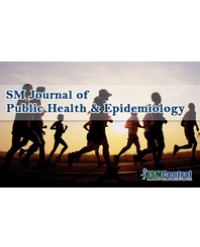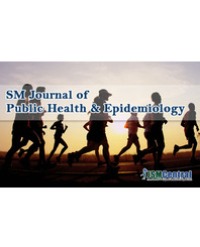
Examination of Possible Effects of Physical Activity Level (IPAQ) on Quality of Life (SF-36) in Health Care Workers Who Employed in a Training and Research Hospital
Objective: This research was conducted with the aim of determining the possible effects of physical activity levels on quality of life in health care workers who are employed in a Training and Research Hospital.
Materials and Methods: This descriptive study was performed on 120 personnel consisting of physician, allied health and administrative personnel who employed and had no any chronic illness in GATF Training and Research Hospital. The life qualities of 30 health care employees who go to the gym regularly and whose physical activities were observed as being high, according to the results of the International Physical Activity Assessment Questionnaire-Short Form; and the life qualities of 90 employees whose socio-demographic characteristics and work places are similar to the first group were evaluated by using the SF-36 Life Quality Questionnaire. The Statistical Package for Social Sciences (SPSS) version 22.0 was used in the statistical analysis of data. p
Result: The mean age of the participants was 36.09 ± 4.89 years. There was no statistically significant difference between the groups for age, sex, education, occupation, body mass index and sitting time. Total Physical Health Score and Mental Health Score which is SF-36 subscales were found to be statistically higher in the group with high physical activity (p<0.001). Although mental health, pain and energy/fatigue scores did not make a statistically significant difference, they were found to be higher in HPA group.
Discussion: According to the results obtained from this study; quality of life has been found to be affected positively in health care workers with high physical activity. The development by encouraging action and opportunities should be provided for increasing the physical activity levels of health care workers who are role models in the community.



